Forecasts warn of choking air and stagnant winds; GRAP Stage-2 ready to kick in as authorities plead for citizen restraint.
By Sarhind Times Environmental Desk
New Delhi | October 19, 2025
For the capital, Diwali’s sparkle now comes with a familiar anxiety — the thickening haze that follows celebration.
The Air Quality Early Warning System (EWS), operated jointly by the IMD and the Indian Institute of Tropical Meteorology, has sounded an alert: Delhi’s AQI could breach the 400 mark — “Severe” — by Tuesday, with pollution likely to persist for five to six days.
The warning turns the festival week into a test of collective discipline. Even as markets gleam with diyas and marigolds, scientists and doctors are bracing for a post-Diwali medical surge — a ritual no one asked for, yet repeats every year.
The Forecast: Still Air, Rising Particulates
At 7 a.m. on Sunday, Delhi’s average PM 2.5 concentration stood at 268 µg/m³, already in the poor category.
But models show a sharp climb beginning Monday evening as northwesterly winds weaken and temperature inversions trap smoke near the surface.
“Once fireworks emissions mix with existing dust and vehicular soot, dispersion drops dramatically,” explained Dr Gufran Beig, project head at SAFAR-India.
“Even minimal wind could have kept pollutants aloft, but this week’s conditions are almost stagnant.”
The forecast is corroborated by NASA’s FIRMS satellite data, showing a modest but steady rise in stubble-burning hotspots across Punjab and Haryana since October 17. While overall fire counts remain lower than 2023, meteorologists warn that even limited transport of smoke can exacerbate local accumulation.
GRAP in Action: The Rulebook for a Breath
The Commission for Air Quality Management (CAQM) has kept its Graded Response Action Plan (GRAP) in Stage 1 (“Poor”) since October 10, enforcing bans on open waste burning, dust suppression at construction sites, and intensified street cleaning.
But if AQI crosses 400, Stage 2 (Very Poor) automatically triggers:
- Ban on diesel generators (except emergency use)
- Enhanced parking fees to discourage private vehicles
- Thermal power plants directed to switch to cleaner fuel mix
- Public-transport fleet augmentation
- Vigil at hotspots such as Anand Vihar, Jahangirpuri, and Dwarka Sec-8
The CAQM held a contingency meeting Saturday evening, keeping agencies on “72-hour readiness.” NDMC trucks have begun 24×7 water-sprinkling runs, while DPCC officers will monitor sound and smoke levels on Diwali night.
Hospitals Brace for Spike in Patients
The haze doesn’t only dull skylines — it floods emergency rooms.
At Safdarjung Hospital, AIIMS, and LNJP, respiratory wards have already reported a 30–35% jump in outpatient cases compared to last week.
“Asthma, COPD, viral bronchitis — we’re seeing early flares,” said Dr Ritu Bhargava, pulmonologist at Safdarjung.
“What worries us most is the next 72 hours. Fine particles trigger inflammation that lasts weeks, not days.”
Children and the elderly remain the most vulnerable. Pediatric units have urged parents to restrict outdoor playtime and keep windows shut during morning inversions.
A joint advisory by the Indian Medical Association and National Centre for Disease Control (NCDC) recommends N95 masks, saline nasal rinses, and indoor air purifiers where feasible.
The Crackers Conundrum
Despite repeated bans on conventional fireworks, enforcement remains Delhi’s Achilles’ heel.
This year, the Delhi government has permitted only “green crackers”, claiming 30% fewer emissions. Yet, environmental scientists argue that their efficacy depends on controlled usage — not volume.
“Even so-called green fireworks release metal oxides and nitrates that turn air toxic,” said Prof S.N. Tripathi, IIT-Kanpur’s aerosol expert.
“If five million people burst them simultaneously in stagnant air, chemistry wins over compliance.”
Last year, 2,600 fire incidents were logged across NCR during the festive weekend — a reminder that fire safety and air safety often collide.
Public Response: Between Habit and Hope
Among Delhiites, fatigue meets fatalism.
Ramesh Verma, an auto-rickshaw driver from Lajpat Nagar, shrugged:
“Every year the same story — we can’t stop working. What mask will block hunger?”
But not all voices are resigned. RWAs in Dwarka, Saket, and East Patel Nagar have launched “Silent Diwali” campaigns, encouraging laser lamps, clay diyas, and collective prayers instead of pyrotechnics.
Schools, too, are pitching in. The Delhi Education Department asked teachers to conduct “air quality classes” — explaining to students how personal choices affect community health.
Videos of children urging elders to skip crackers have gone viral; one clip from a Noida school amassed over 1.2 million views within 24 hours.
Economic Undercurrents
Ironically, pollution control is also an industry.
Over ₹400 crore worth of air purifiers, N95 masks, and oxygen cans were sold online across North India in the last week alone, according to e-commerce trackers. Demand for indoor plants — money plant, areca palm, peace lily — spiked 150%.
Meanwhile, cracker traders at Sadar Bazaar lament losses due to restrictions, claiming unsold stocks worth crores. “We need alternatives, not bans,” said Rajesh Kalra, president of the Fireworks Traders’ Association, proposing government subsidies for LED-based light shows.
The state’s balancing act between livelihood and life continues to define Delhi’s winter economics.
Scientific Breakdown: Why the Air Turns to Smoke
Air pollution in North India during October–November is a multi-vector crisis:
- Agricultural burning adds fine particulates (PM 2.5 – PM 10).
- Vehicular emissions inject nitrogen oxides.
- Construction dust contributes coarse particles.
- Temperature inversion traps pollutants within 300 m of ground.
- Low wind speeds (<5 km/h) prevent dispersal.
The chemical cocktail reacts under sunlight to form ground-level ozone, intensifying throat irritation and eye stinging.
This atmospheric “lid” effect explains why even a single night of fireworks can suffocate the city for days.
Policy Lessons and Missed Chances
Delhi’s Clean Air Action Plan, notified in 2019, promised 30% emission reduction by 2024. Officials claim partial success — yet the city still tops global pollution charts each winter.
Why? Experts point to fragmented jurisdiction and episodic politics.
“No matter how many committees you create, implementation dies at borders,” said Anumita Roychowdhury of CSE.
“Delhi alone cannot breathe clean if its neighbors burn fields unchecked.”
Inter-state coordination remains Delhi’s chronic gap. The CAQM’s satellite-based farm monitoring helped reduce paddy fires, but long-term incentives for crop diversification are still inching through bureaucracy.
Citizen Innovations: Fighting Back with Data
Not all hope is lost.
A growing community of citizen scientists is mapping neighborhood pollution in real time.
Apps like BreezoMeter, AirVisual, and India’s open-source ‘AQIMap.in’ crowdsource sensor data, helping residents plan commutes or choose cleaner jogging hours.
Volunteer groups in Hauz Khas and Rohini have installed DIY air filters in classrooms using box fans and HEPA sheets — a ₹1,200 fix that cuts PM 2.5 by half.
“People are tired of waiting for miracles,” said Ankita Khurana, a 23-year-old engineer who trains RWAs on indoor pollution hacks.
Legal Pushback: Courts Losing Patience
The judiciary has repeatedly scolded governments for inaction.
On Friday, the Supreme Court warned Delhi, Punjab, and Haryana that “air quality cannot be left to chance” and sought status reports on crop-fire enforcement.
The National Green Tribunal (NGT) meanwhile asked the Centre to clarify why air-quality budgets remain unutilised.
“Citizens’ right to breathe clean air is part of Article 21,” observed Justice Bhat.
“We cannot celebrate festivals by violating the Constitution.”
Such admonitions, however, have yet to translate into consistent compliance on the ground.
Psychology of Pollution: The Invisible Trauma
Beyond lungs and eyes, the smog gnaws at mental health.
Studies by AIIMS Psychiatry Unit link prolonged exposure to elevated particulate matter with increased anxiety, fatigue, and cognitive decline.
Children growing up in Delhi exhibit reduced pulmonary capacity and slower attention spans compared to peers in cleaner cities.
“It’s a silent theft of childhood,” said Dr Vivek Patra, pediatric pulmonologist.
“Every festive season we take one step forward spiritually, and two steps backward biologically.”
The Business of Breath: Can Tech Save Us?
Startups are stepping in where policy stalls.
Delhi now hosts over 40 clean-air tech firms developing portable purifiers, AI-driven filters, and anti-pollution fabrics.
The IIT-Delhi incubated venture “VayuShield” unveiled nano-coated masks with built-in humidity sensors that alert wearers when filters saturate.
Meanwhile, civic labs are testing ionization towers along major intersections — a concept borrowed from Beijing — though efficacy remains debated.
“Technology offers partial relief, not cure,” cautioned Prof Arun Srivastava of Delhi University.
“Without behavioural change, it’s like using perfume to mask fire smoke.”
Voices from the Margins
While policymakers debate air indices, Delhi’s informal sector bears the brunt.
Waste pickers, street vendors, and delivery riders breathe unfiltered air for 12-hour shifts.
NGO Safai Sena has demanded hazard pay and free masks for sanitation workers during the smog period.
Domestic workers report increased absenteeism; autorickshaw drivers complain of headaches and chest pain.
For them, the “air emergency” is not seasonal — it’s survival.
Comparative Perspective: What Other Cities Did Right
Beijing, once synonymous with haze, cut annual PM 2.5 by 60% in a decade through strict coal bans and industrial relocation.
Mexico City pushed mass transit and switched to cleaner fuels.
Los Angeles, after decades of smog, enforced emission norms that reshaped its car industry.
Delhi, experts say, can replicate success only if political will outlasts electoral cycles.
“Clean air is not anti-development — it is development,” insists environmental lawyer Ritwick Dutta.
The Faith Factor
This year’s festival coincides with growing public introspection.
Temples and gurudwaras across NCR are urging “Pradushan-Mukt Diwali” (Pollution-Free Diwali), hosting collective diya-lighting drives instead of fireworks.
In Rajouri Garden, volunteers from multiple faiths held an inter-faith vigil, lighting 10,000 clay lamps in memory of pollution victims.
The message was simple: celebration need not equal combustion.
What Citizens Can Do (Practical Tips)
- Avoid early-morning walks during high AQI; late afternoons are relatively cleaner.
- Seal windows with damp cloth; use indoor plants that absorb toxins.
- Carpool or use public transport for festive travel.
- Wet mop floors instead of dry sweeping.
- Use low-smoke diyas made from cow-dung or beeswax.
- Monitor AQI apps before outdoor plans.
- Educate children — they are the best ambassadors of change.
Each small action, experts say, compounds into measurable relief.
Editorial Perspective: The Light We Choose
Delhi’s struggle with air quality is more than a meteorological event — it’s a moral mirror.
Every diyas lit responsibly, every cracker avoided, is a reaffirmation that faith can coexist with reason.
The haze outside reflects the collective indifference inside; clearing it demands civic maturity as much as policy muscle.
If the city succeeds in moderating emissions this week, it won’t just win cleaner air — it will reclaim moral clarity.
#DelhiAQI #AirPollution #GRAP #Environment #PublicHealth #Smog #Diwali #SarhindTimes
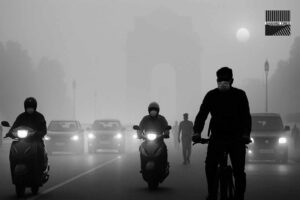
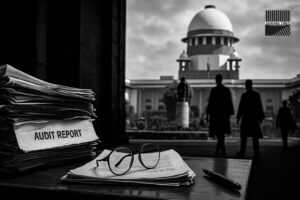


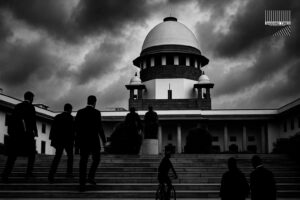
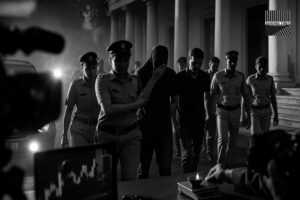

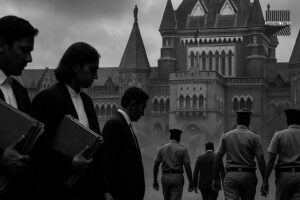



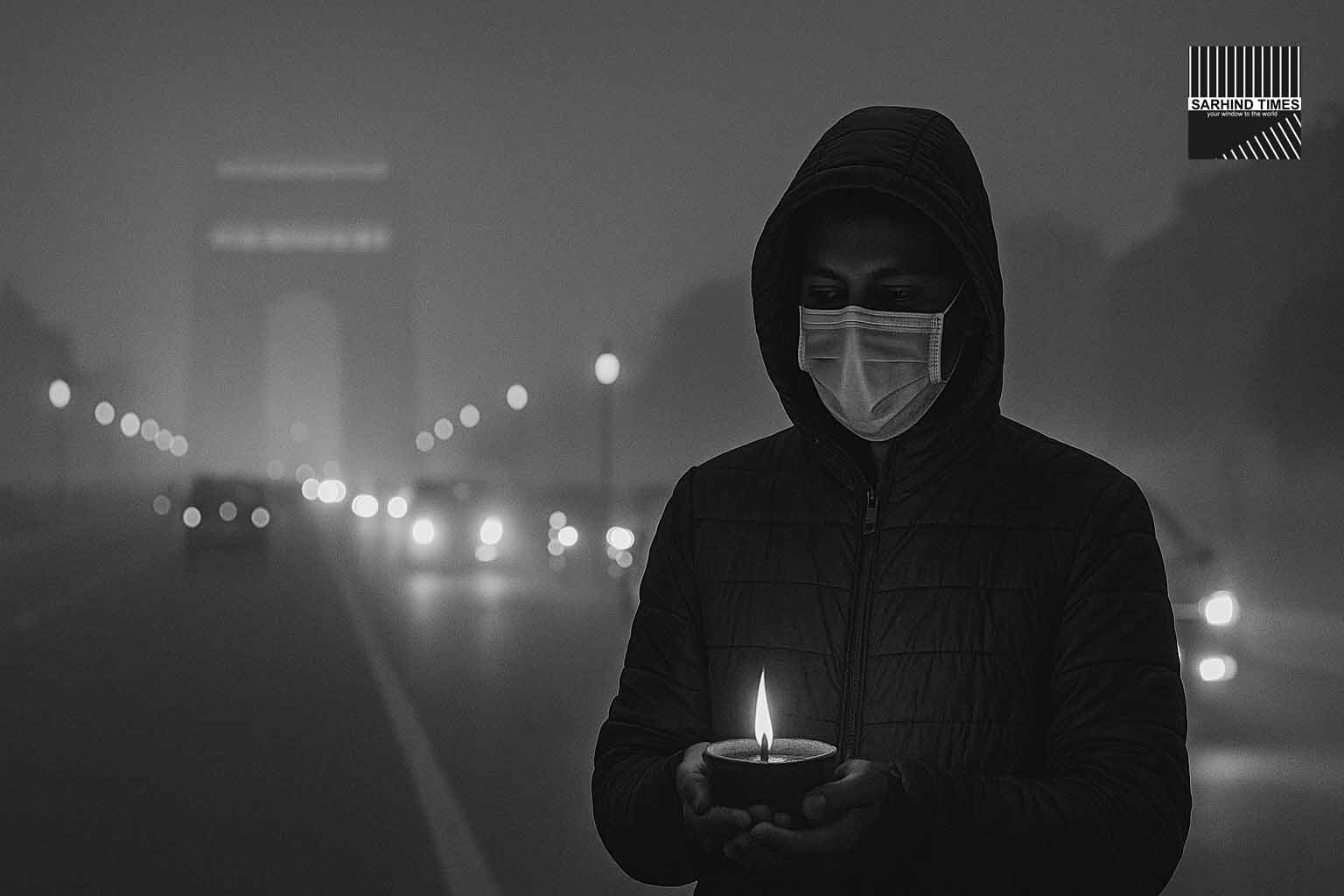
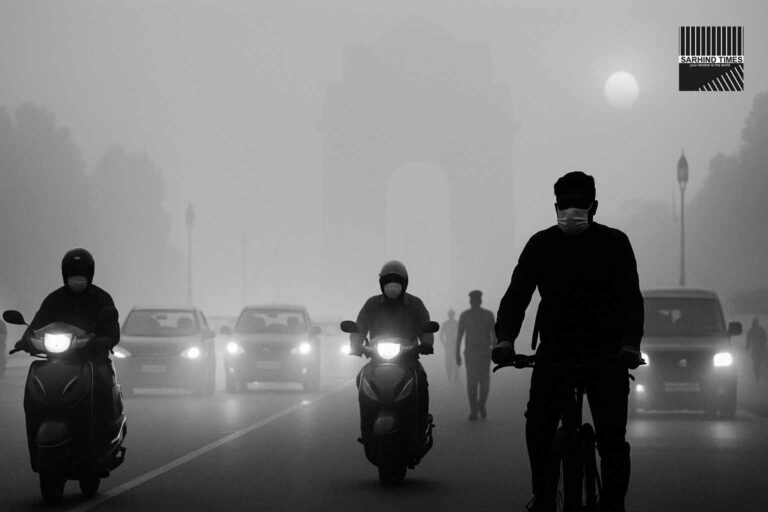
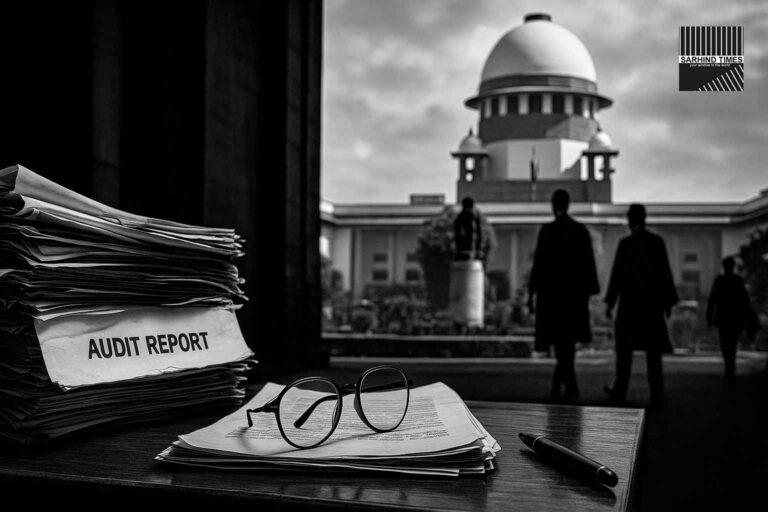
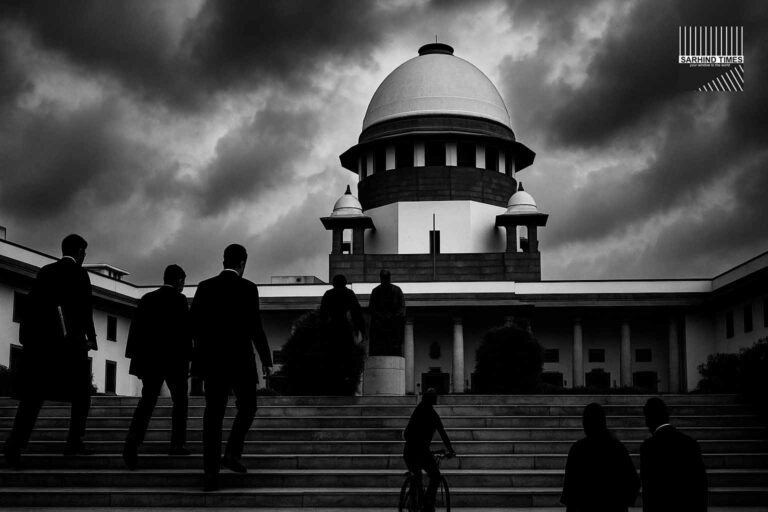
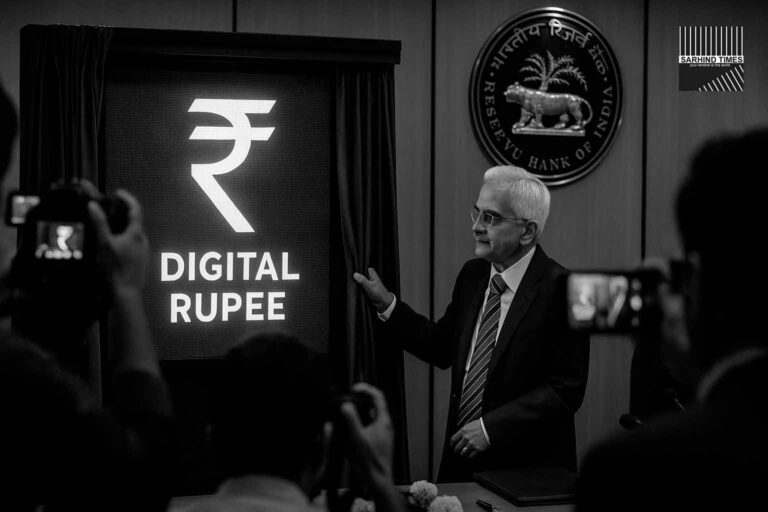


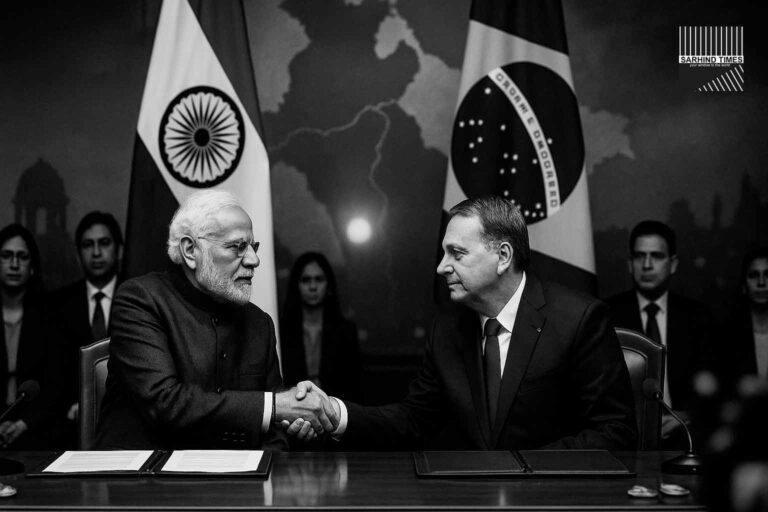
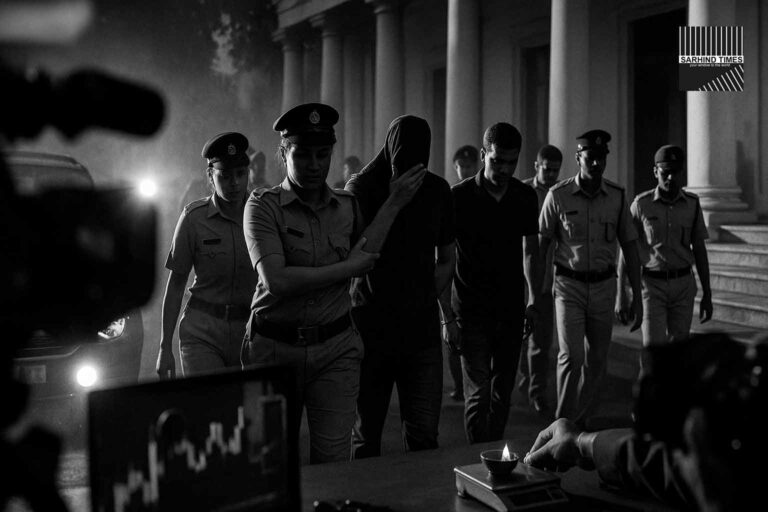

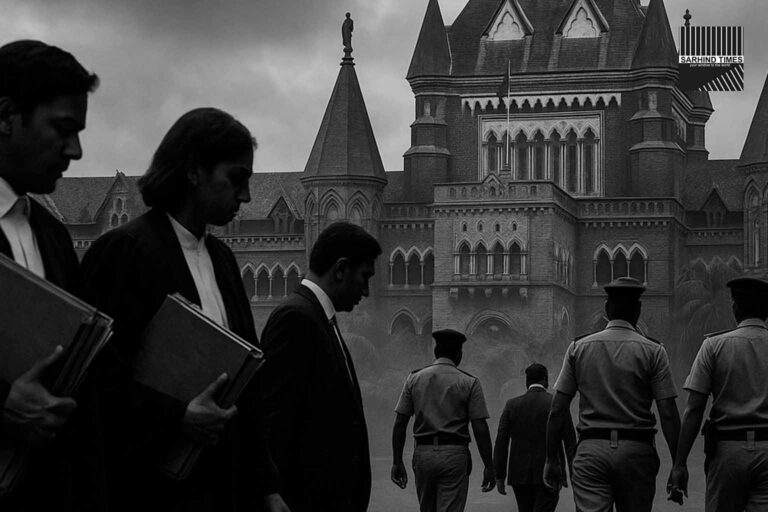
+ There are no comments
Add yours